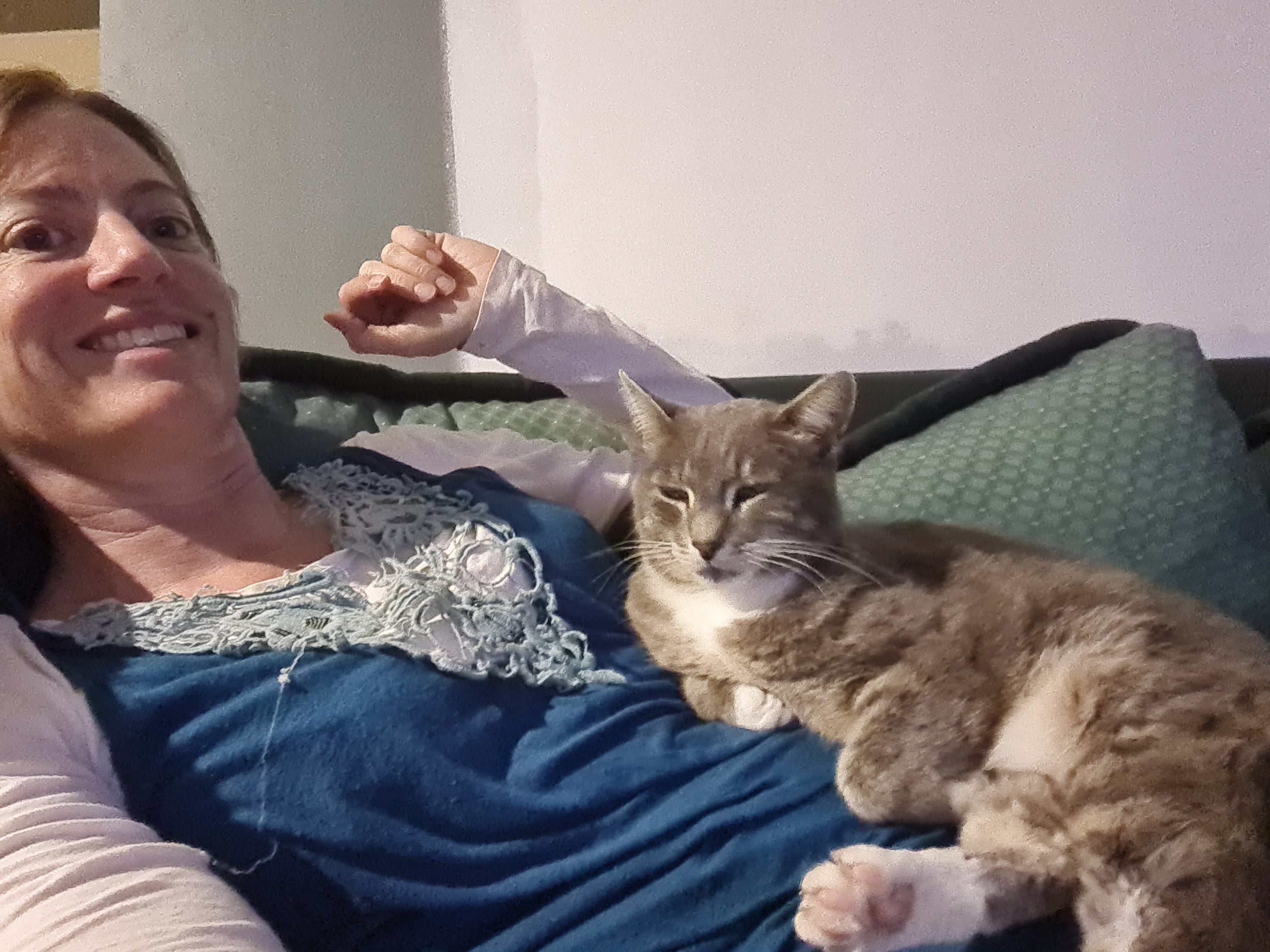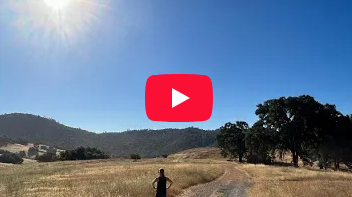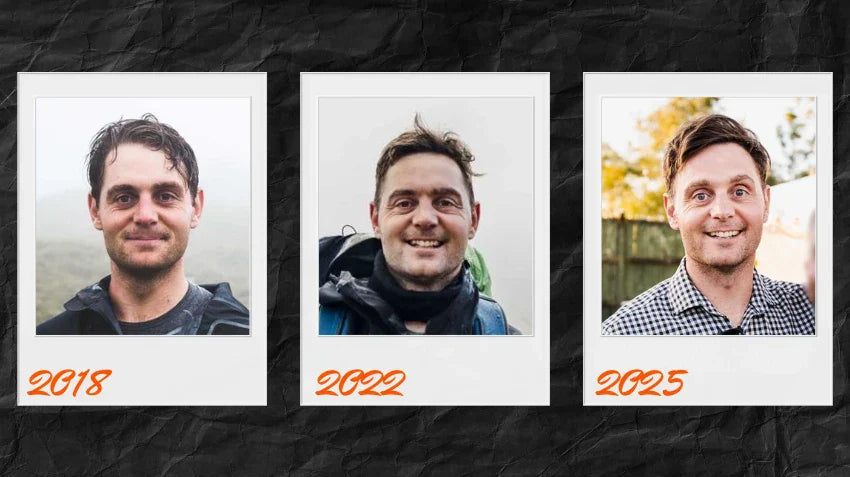Last week I had my own vivid reminder of just how real post-exertional malaise (PEM) can be. After a long tramp, my body gave me a hard stop. My legs felt wired and charged—as though the electricity was still running through them long after I’d stopped. My whole body ached. My brain fog rolled in thick and fast. I was utterly exhausted but frustratingly, I couldn't sleep.
It wasn’t just the tramp. It was that I’d done a lot of exercise when I was already stressed. My nervous system was already running on overdrive, and instead of restoring me, the exercise pushed me over the edge. My body crashed.
This experience really underscored a core principle I teach: your system needs to be calm and balanced before you do exercise. It’s not just about what you do—it’s about when and how you do it.
Why Does PEM Happen Physiologically?
If you’ve ever experienced a similar crash after activity, there are real biological reasons behind it:
1. Cortisol Overload
Exercise—especially intense or prolonged—triggers cortisol release. If you're already stressed, that extra cortisol can overwhelm your system, leading to anxiety, shakiness, insomnia, or even a delayed crash.
2. Depleted Resources
Exercise depletes electrolytes, glucose, and amino acids. Without replenishing them, your nervous system can’t regulate itself properly, leaving you vulnerable to stress symptoms.
3. Autonomic Nervous System Imbalance
If you live in a chronic fight-or-flight state, exercise can exacerbate it. Instead of helping you relax, it pushes you further into dysregulation.
4. Poor Recovery or Overtraining
Without adequate rest, fuel, and recovery, your body reads exercise as a threat, not a benefit.
5. Hormonal Sensitivity
Those going through hormonal shifts (e.g., perimenopause, thyroid dysfunction, IVF, etc.) are often more reactive to physical stressors. This can amplify post-exercise symptoms.
How I resolved my Post-Exertional Malaise
Here are strategies I used for myself and share with clients:
-
STOP and rest. I spent a lot more time lying on the couch with my cat. I did not attend my regular dance classes, swimming sessions or power yoga for a week. Instead, I did only gentle slow walks on the flat, plus yin yoga.
- Address the stress. I knew what had stressed my system out in the first place and I did a LOT of Switches to resolve that stress, plus a few Switches for trusting my body to recover as soon as it calmed down.
-
Support recovery. Eat a protein and carb snack within 30–60 minutes of exercise. Hydrate, and include electrolytes. Magnesium glycinate is a great recovery support. I also used Brain and Body Synergy (the kinesiology technique I'm trained in) to lower my cortisol levels and increase magnesium and potassium.
-
Regulate your nervous system. Use breathing, humming, calming techniques from my Next Steps to Recovery Webinar or The Switch. I did these while lying on the couch with my cat. And I did Body Talk with Angelika Klotz for extra support in calming my system.
Preventing PEM in the first place
I'm normally very good at knowing how my body and emotions are feeling and therefore adapting the amount of exercise I do based on how calm and balanced I am. On this occasion, I missed a cue.
-
Track your triggers. Notice what situations in your life are causing your body to go into a stress response and address these before doing exercise.
-
Tailor to your physiology. Notice if you have slept well, have good digestion, calm limbs and a calm mind. These are signs that you are calm enough to do more strenuous exercise. If you are feeling wired, racing mind, can't sleep, have digestive issues etc, you are probably in a stress response and should back off to only very gentle exercise like slow walks or yin yoga.
Misunderstandings About My Approach to Exercise and CFS
I’ve been criticised online for supposedly encouraging people with Chronic Fatigue Syndrome (CFS) to push too hard or exercise too soon. I want to be clear: that is not what I do. In fact, it’s the opposite.
I always check very carefully that someone has first calmed their stress response before suggesting any increase in movement. The nervous system must be settled before the body can safely tolerate even gentle activity.
I also teach people to stop mid-exercise and use The Switch to restore calm. If symptoms arise, you don’t push through—you pause, reset, and listen. Pushing through symptoms only builds stress and increases the risk of PEM.
If someone is calm, balanced, and present, they can exercise without triggering PEM.
I also ask every client what their baseline capabilities are and only recommend little increases initially until we are confident that their stress response is down. After that time, exercise can build up far more rapidly.
But it’s not linear. You have to respond each day to what your body needs. Some days you can do more. Other days, less. That’s why I don’t believe in graded exercise therapy (GET)—it’s too rigid. It doesn't adapt to the body’s ever-changing needs.
A Client with 50 years of CFS avoided PEM
One client I worked with last week has had CFS for 50 years. During The Switch program, she walked to the base of a hill she’s always wanted to climb. But when she got there, she felt panicky.

Instead of pushing through, she stopped. She used The Switch. She listened. And then she made a powerful decision: to walk home and celebrate the fact that she had made it to the base of the hill and back.
She continued doing Switches throughout the day. The next day, something had changed. She felt calm, grounded, and balanced. She went back to the hill—and this time, she walked all the way up. She spent 50 minutes enjoying the monument and the view. Then she walked all the way back down.
It was the biggest walk she’d done in years. And she had no PEM afterwards. Why? Because she did it when her system was calm enough to handle it.
Fitness Doesn’t Protect You from PEM
Another important point: PEM is not about fitness levels. It’s about stress levels.
I’ve worked with clients who were elite athletes—people who trained six hours a day, who had been in peak physical condition. Some were Olympians. And then they were hit with CFS or long-COVID. Suddenly, they couldn’t walk up a flight of stairs without their legs turning to jelly, their heart pounding at 180 beats per minute, and total exhaustion setting in.
This wasn’t a fitness issue. It was a nervous system issue. Their bodies had flipped into survival mode, and all the training in the world couldn’t override that.
But here’s what’s incredible: once we calmed their stress response, the shift was often rapid. Their fitness was still there, waiting underneath the stress. Once they were calm, their bodies could access that fitness again—and they resumed their normal training routines far sooner than expected.
Here is a movie from The Recovery Project —an Olympian who went from experiencing PEM just walking up stairs to being back in the New Zealand training squad.
That transformation didn’t happen through force. It happened through learning to listen, regulate, and respond to the body with compassion.
This is the power of working with the body, not against it.
PEM isn’t inevitable. But to avoid it, we have to lead with calm, not force.
And how am I doing now after my own PEM response? Absolutely great! A week later, my calmness is restored, my sleep is good, my head is clear, my legs are relaxed and strong, and I'm back into attending all my regular dance, yoga and swim sessions!
If you struggle with PEM, you could attend our 2-hour Next Steps to Recovery Webinar for an intro to how to regulate your nervous system, or attend our 15-hour Switch Webinar Series for far more information, or our 20-hour live training programme The Switch to receive full support from me and the most techniques for resolving stress and chronic illness patterns in your life.






